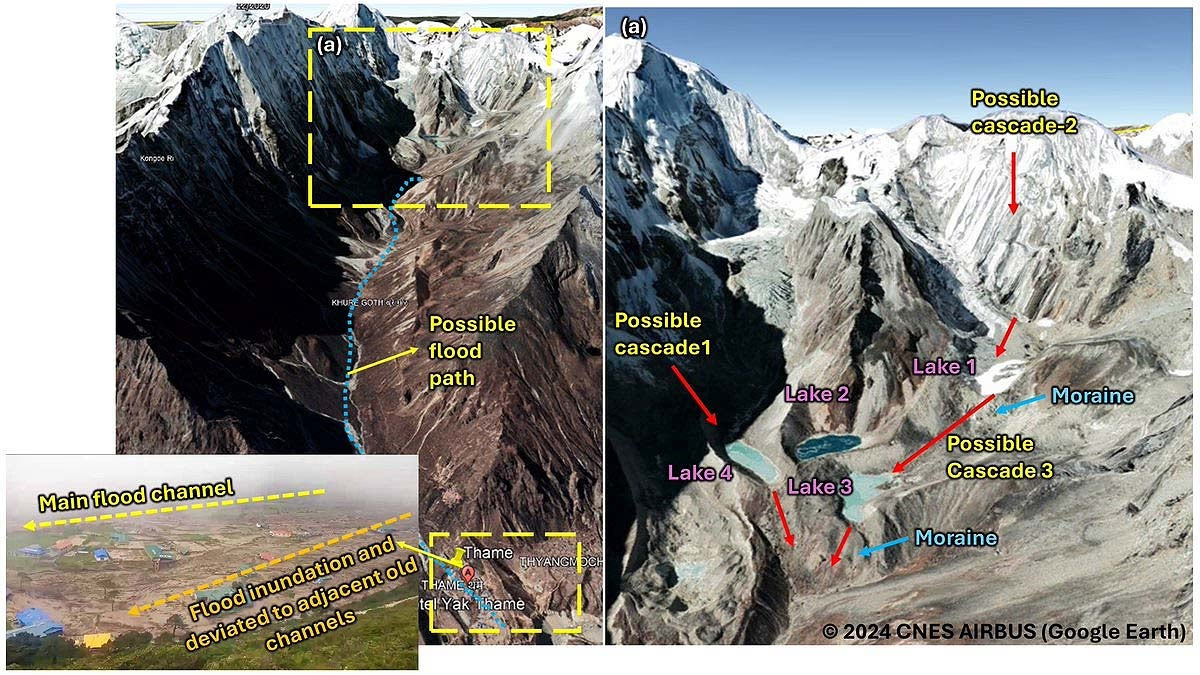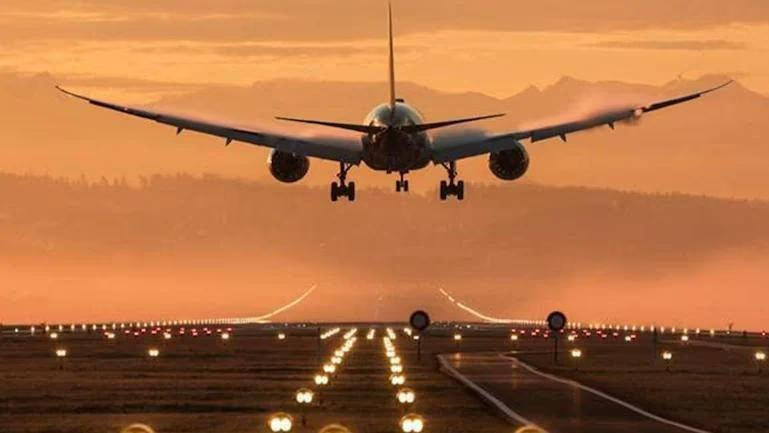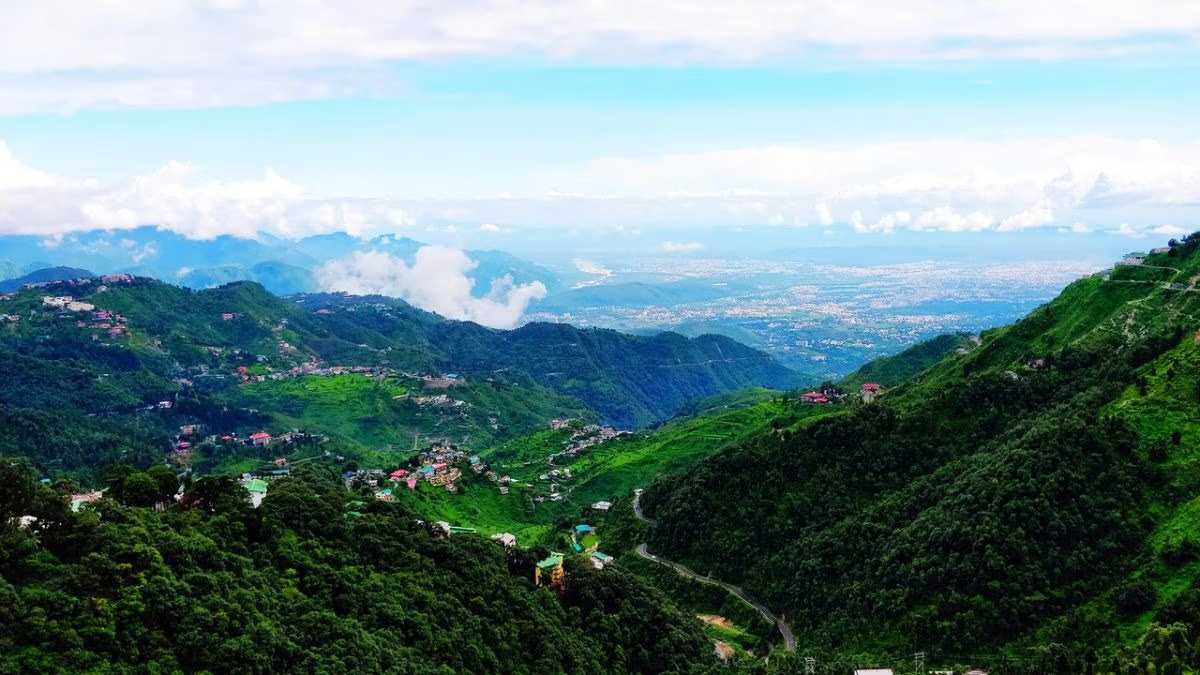Yesterday, August 16, 2024, Thame, the village of Nepali Sherpa Tenzing Norgay, who first climbed Mount Everest, experienced a catastrophic flash flood and landslide. The disaster flowed rapidly from Everest. The village of Thame Sherpa saw 45 buildings, including homes and hotels, destroyed. This event was caused by a Glacial Lake Outburst Flood (GLOF) due to a lake formed in the high Himalayan region bursting.
When asked about this, Dr. Asim Sattar, an assistant professor at IIT Bhubaneswar and a glacier hazard expert, explained to
aajtak.in
that there are four glacial lakes in the upper part of the Thame Valley. As you can see in the image below, Dr. Sattar marked them. He mentioned that Lake 3's boundary was breached, a moraine boundary made of weak soil and stones.
Read More: Devastation in Nepal... Disasters flow from Everest to Tenzing Norgay's Village

Source: aajtak
In this picture, Dr. Sattar clearly explained the sudden flood path caused by GLOF. He shared this information just yesterday on Twitter, now known as X. Today, he was waiting for satellite data from the area, which has not yet been received. However, a helicopter survey confirmed his suspicions.
Helicopter Survey Confirms Lake Rupture
The helicopter survey revealed that Lake 3 had burst, breaching its moraine wall. Water rushed down, eroding the lower part of the facing mountain before rapidly moving toward Thame Sherpa Village. This survey, conducted by the Khumbu Pasanglhamu Rural Municipality, substantiated how dangerous glacial lakes can be, threatening the lives of those living in lower regions.
Read More: Below-ground Land Erosion Will Swallow Mumbai in 16 Years
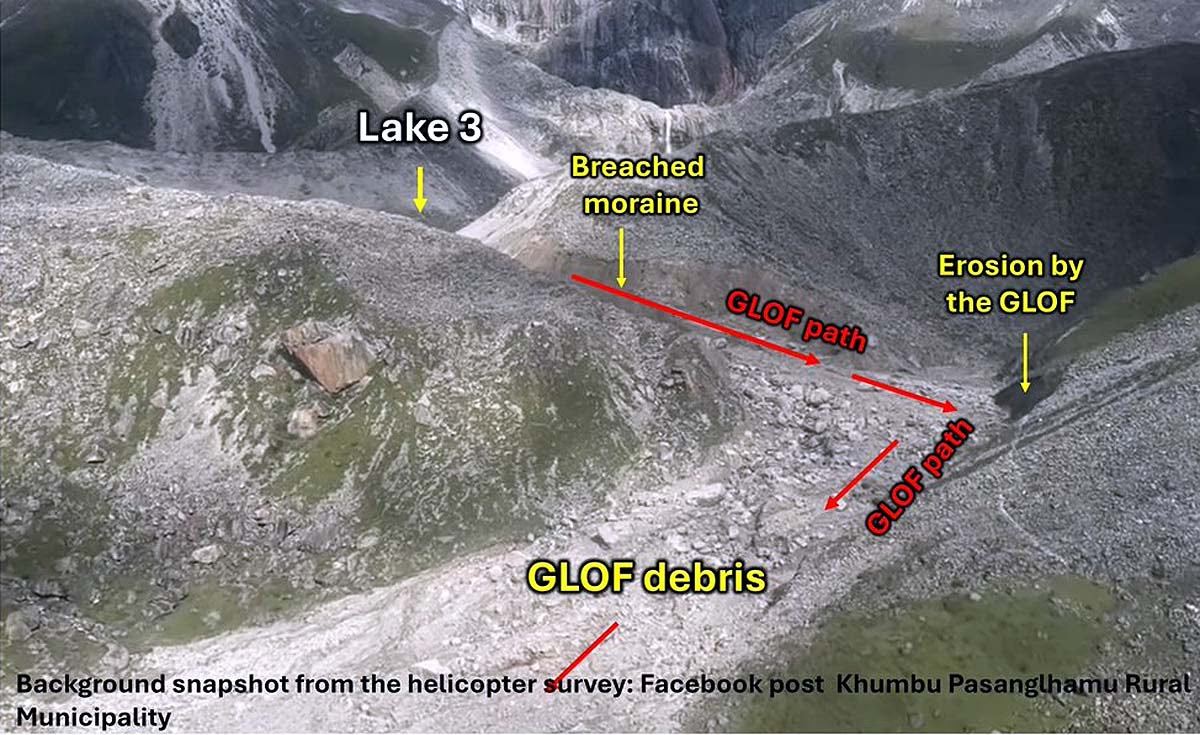
Source: aajtak
Dr. Asim Sattar indicated that due to increasing global warming, glaciers are melting and forming lakes. Incidents of such nature have been rising in Himalayan regions over recent years. High-altitude Himalayan lakes should be thoroughly inspected to prevent the recurrence of such events, calling for scientific investigation to ascertain risk exposure.
Previous GLOF in 1985
In 1985, a similar disaster struck the Thame Valley when a lake near Tashi Lapcha Pass ruptured, leading to the destruction of Thame's hydropower. The flood's flow was also directed towards Thame Village.
Read More: Megathrust Earthquake... Japan's Greatest Fear, Can It Repeat the 2011 Tsunami Disaster?

Source: aajtak
Events of August 16, 2024
The bursting of the Thengbo Glacier lake increased the Thame River's flow, causing flooding in its branch, the Dudh Kosi. Landslides occurred, devastating half of Thame Village. This lake was near Tashi Lapcha Pass, an area experiencing persistent rainfall. The map below can provide a clearer understanding.
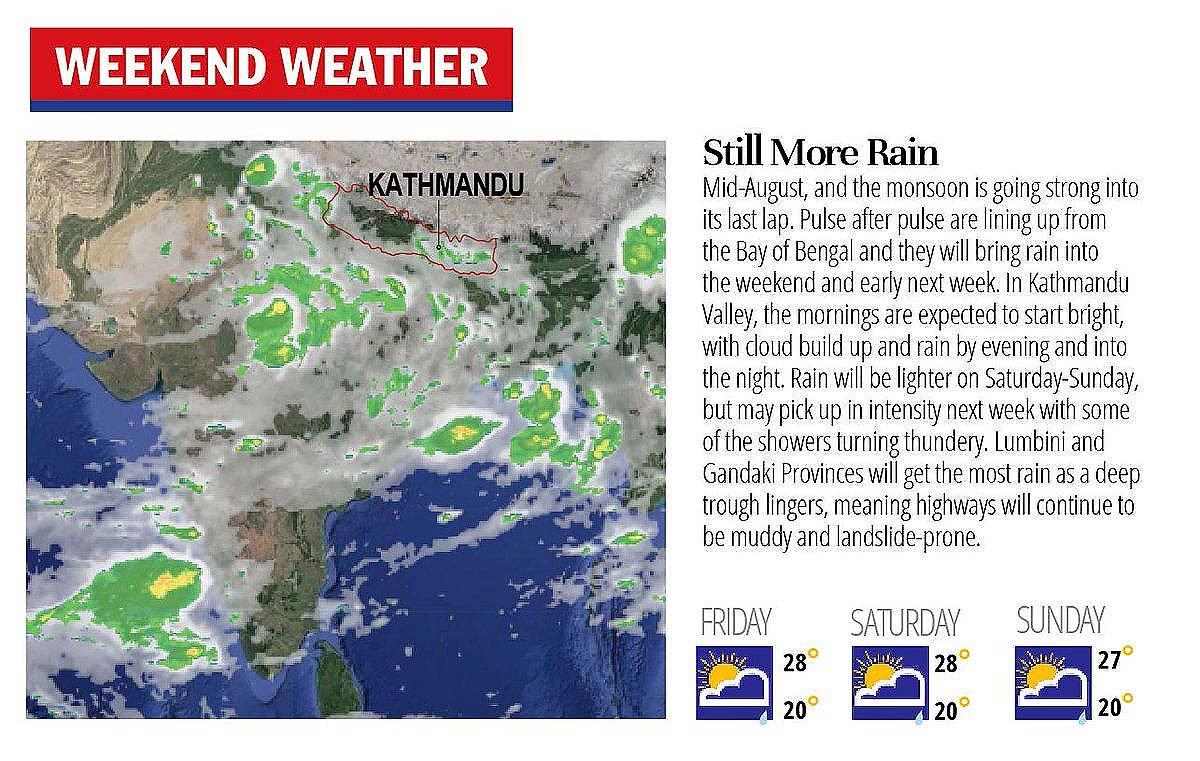
Source: aajtak
The meteorological department had also warned of heavy rainfall on Friday, Saturday, and Sunday due to a low-pressure area formed in the Bay of Bengal. More rain is expected in Lumbini and Gandaki Province, along with possible mudslides and landslides.
Read More: By 2100, Himalayan Tsunamis and Rising Oceans Will Pose Biggest Threats to These Areas!
Many Sherpas Who Conquered Everest Hail from this Village
Thame Village, located at 12,500 feet in the Khumbu Valley near Namche Bazaar, is the starting point for many expeditions climbing Everest. Notable Sherpas like Apa Sherpa, Kami Rita Sherpa, and Lhakpa Rita Sherpa hail from this village.
Understanding a Glacial Lake Outburst Flood (GLOF)
GLOF occurs when a temporary lake formed from glacier meltwater bursts its banks. These banks can be made of soil or ice. Warm temperatures cause the ice to melt or intense rainfall can break the soil walls, sending accumulated water rushing towards lower areas.
The Chorabari Lake above Kedarnath, last year's disaster in Sikkim, and the Chamoli incident all resulted from glacial lakes bursting. The Himalayas house over 12,000 glaciers, continuously melting due to global warming and forming glacial lakes.
Read More: ISRO's Major Revelation on Himalayan Icy Lakes... Troubles Looming Over Sindhu, Ganga, and Brahmaputra
Past Disasters in India-Nepal-Bhutan
The threat of glacial lakes bursting persists. A break in the Dig Tsho Lake in Nepal in 1985 caused significant disaster, with similar events occurring in 1994 in Bhutan's Lugge Tso Lake. The Kedarnath tragedy in 2013 claimed over 6,000 lives due to a burst Chorabari Glacier.
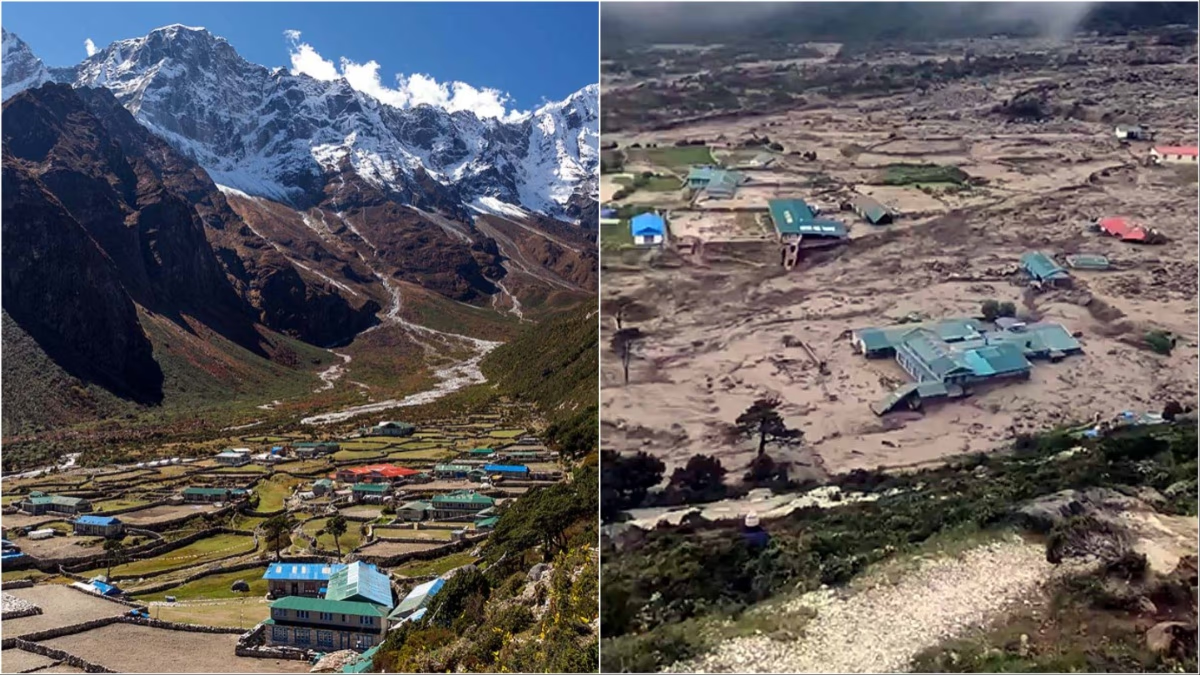
Source: aajtak
The South Lhonak Lake in Sikkim, formed by glacial meltwater, burst through a 54-foot high moraine wall. The lake's depth was 394 feet and had been expanding from 0.10 sq km to 1.37 sq km over four decades. Scientists predicted its rupture back in 2021. The lake spanned 168 hectares, with 100 of those hectares breaking away, sending ice and water rushing downhill.
Read More: Indian Tectonic Plate Rifting Beneath Tibet, Himalayan Uplift Accelerates... Insights on Increased Earthquakes
In 2014, flash floods in the Jhelum River caused widespread flooding in Kashmir. In 2005, flash floods in Himachal Pradesh's Parechu River wreaked havoc. In February 2021, similar floods struck Chamoli district in the Rishi Ganga, Dhauli Ganga, and Alaknanda Rivers.
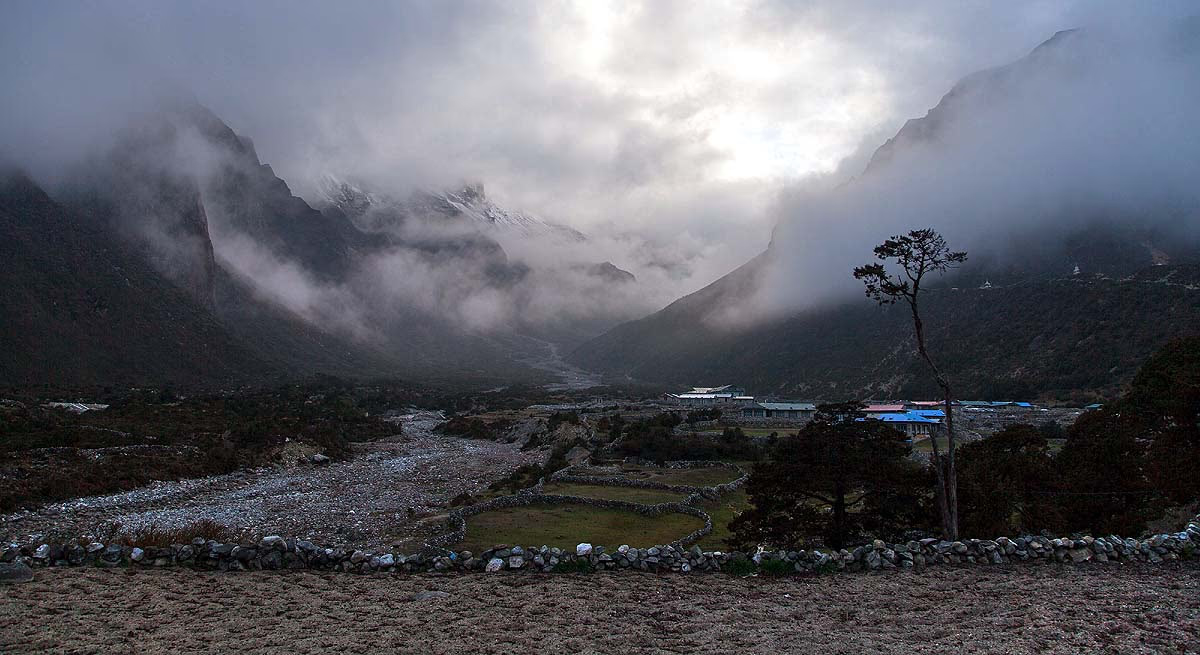
Source: aajtak
Fewer Cold Days in the Himalayas
Due to rising temperatures, the number of cold days in the Himalayas is decreasing. The temperature in the Himalayas is consistently increasing. To calculate Cold Days and Cold Nights, 16 stations in Jammu and Kashmir and Himachal Pradesh were used. Warm days are increasing while cold days are decreasing, with a 2% to 6% drop over the past 30 years.
Unstable Himalayan Mountains
Several factors contribute to glacier melting, such as climate change, reduced snowfall, rising temperatures, and persistent rainfall. The terminus of the Gangotri Glacier is highly unstable, and any point of the glacier is prone to melting. Persistent rains cause the glacier to melt more rapidly, increasing downstream water flow. The stability of the Himalayan regions decreases during the rainy season, accelerating the glacial melt rate.
